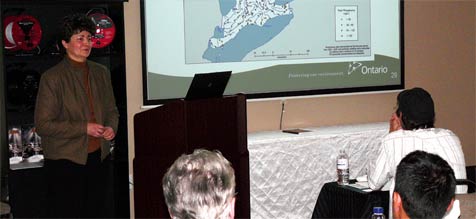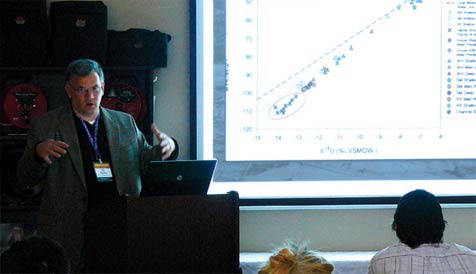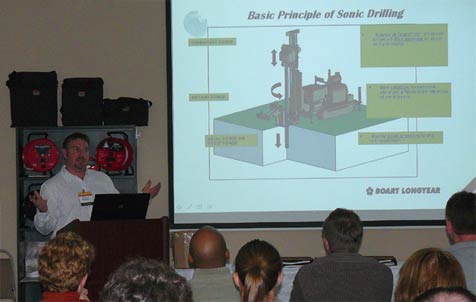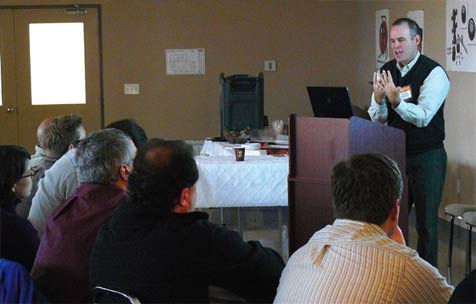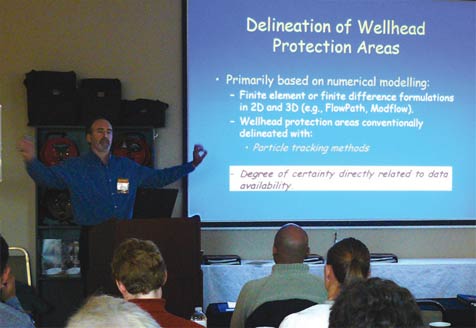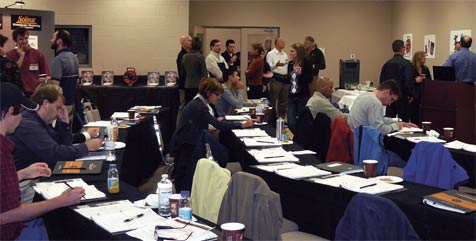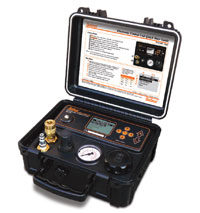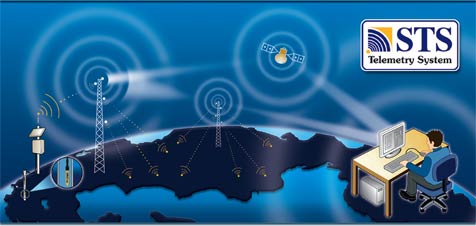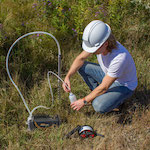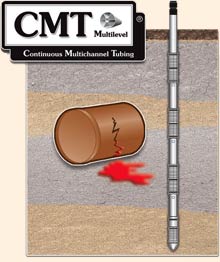Designing Provincial-Scale Water Monitoring Networks To Meet Future Needs
The symposium continued on Day Two with a presentation from the Ontario Ministry of the Environment. The presentation focused on the province-wide stream water and groundwater monitoring networks that are currently being overseen by the Ministry of the Environment in partnership with Conservation Authorities and participating municipalities. These networks monitor ambient (baseline) stream water quality conditions… Continue Reading »


